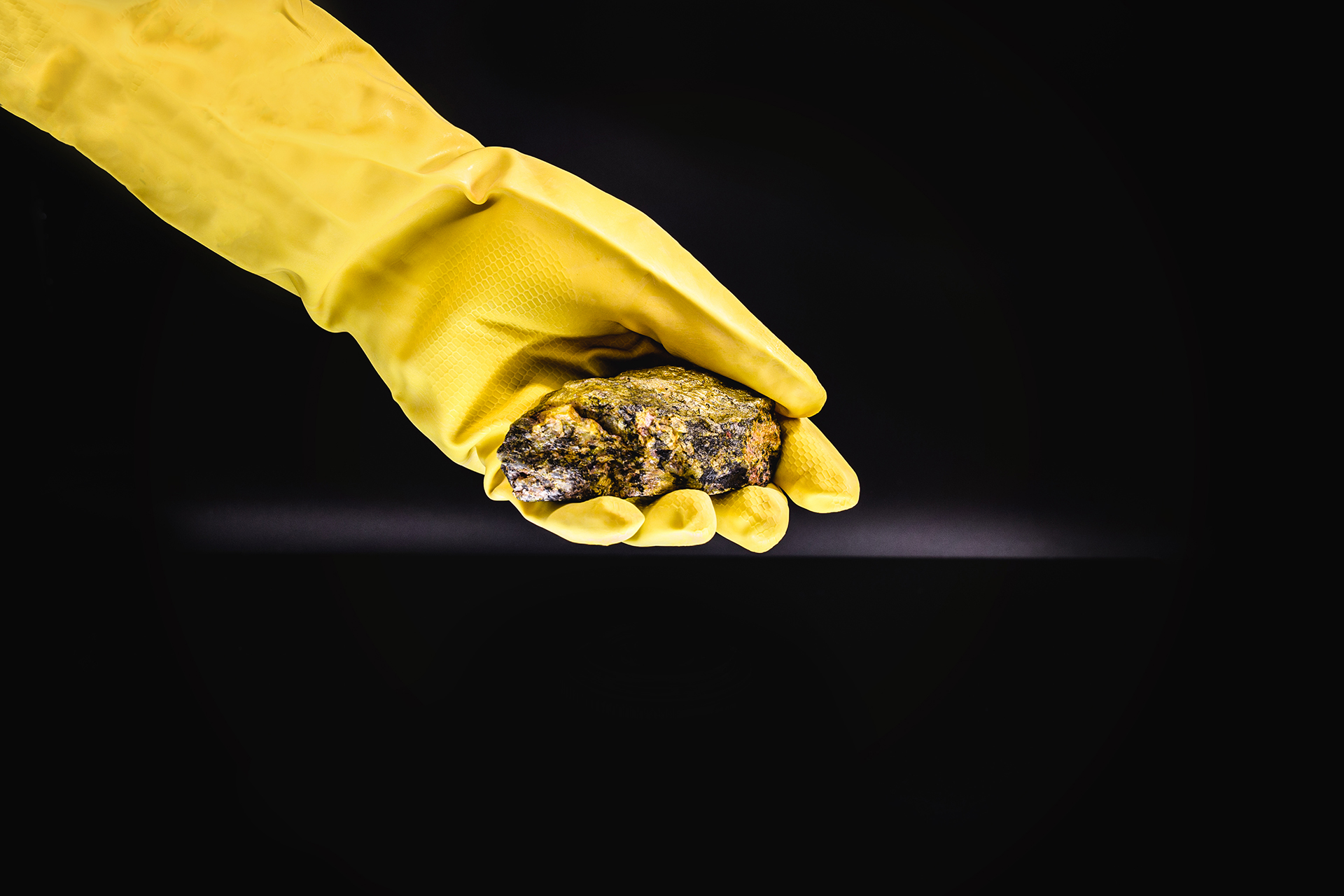Uranium reserves are not as scarce as is commonly believed (Shutterstock)
It is believed that global reserves of uranium are scarce, given the sensitive role it plays in nuclear power generation, along with the costs and consequences associated with this field, according to a report recently published by the British “Oil Price” website.
But uranium, according to the report, is more abundant than gold and silver, for example. It is like tin found in the Earth's crust.
This February, the Canadian Visual Capitalist website published a map indicating how much uranium countries possess, based on statistics published by the International Nuclear Association related to uranium sources, and its last update was in August 2023.
The largest share
According to "Oil Price", Australia, Kazakhstan and Canada possess the largest share of uranium, representing more than 50% of the global reserve of this chemical element, but Australia is among the most prominent countries, as it possesses more than 1.7 million tons of uranium, representing 28% of the total reserve. global at the moment.
The Olympic Dam mine, which is about 600 kilometers north of Adelaide, the capital of the state of South Australia, is the largest uranium reserve in the world, and is even the fourth largest in the world in terms of copper, according to Oil Price.
Despite this, Australia is ranked fourth in the list of largest uranium producing countries at the present time, and in fifth place in its production over time.
This is a list of the countries with the largest uranium reserves, according to the report:
Australia (1.7 million tons, 28%).
Kazakhstan (815 thousand - 13%).
Canada (589 thousand - 10%).
Russia (481 thousand-8%).
Namibia (470 thousand - 8%).
South Africa (321 thousand - 5%).
Brazil (311 thousand - 5%).
Niger (277 thousand - 5%).
China (224 thousand - 4%).
Mongolia (145 thousand-2%).
Uzbekistan (131 thousand-2%).
Ukraine (107 thousand - 2%).
Rest of the world (524 thousand - 9%).
Following the three countries that own about half of the world's uranium pie, Russia and Namibia come in fourth and fifth place with approximately 8% of the global reserve each.
This is followed on the list by South Africa, Brazil, Niger, with approximately 5% each, then China, with 3%.
The British website noted that the current statistics are based on the discovered uranium reserve that can be mined economically, but the total amount of uranium in the world is not yet known, as more reserves can be found all the time.
Only 3 countries have the lion’s share of the world’s uranium reserves (Shutterstock)
Increase reserve
The report indicated that the world's known uranium reserves have increased by approximately 25% over the past decade alone thanks to the development of technology that has led to improved exploration efforts.
Furthermore, not all uranium reserves are created equal. For example, within the Olympic Dam mine in Australia, uranium is extracted as a byproduct of the mining process, according to the World Nuclear Association.
In South Africa, uranium is extracted as a by-product during the processing of ores in the gold mining process. Therefore, the opportunity increases in ore bodies that have high concentrations of two materials, as the cost of mining different products is lower, according to “Oil Price.”
The Irish market research website Research & Markets had issued a report entitled “Global Uranium Mining to 2030,” which includes statistics and forecasts about the near future of this important element.
The report expected an increase in global uranium production in the current year 2024 to 60.3 thousand tons, compared to about 54 thousand tons in 2023 and about 50 thousand tons in 2022.
He stated that Uzbekistan alone may account for 49% of this expected increase in 2024, followed by Canada and Australia with a percentage exceeding 40%.
Canada contributed significantly to the increase in uranium production in the past year 2023 due to the resumption of production at the MacArthur River mine in November 2022.
These are the countries with the largest production between 1945 and 2022 on a cumulative basis, according to data from the International Nuclear Association:
Canada: 554,475 tons.
United States of America: 378 thousand and 38 tons.
Soviet Union (formerly): 377,613 tons.
Kazakhstan 349 thousand and 789 tons.
Australia: 240,579 tons.
Germany: 219,685 tons.
South Africa 165,692 tons.
Namibia 158 thousand and 856 tons.
Niger: 165,797 tons.
Czech Republic 112 thousand and 55 tons.
Russia: 90,725 tons.
Uzbekistan 76 thousand and 808 tons.
France 76 thousand and 21 tons.
China: 53,712 tons.
Ukraine 24 thousand and 670 tons.
Rest of the world: 149,299 tons.
Total world production is 3.184 million tons.
Source: Al Jazeera + websites

